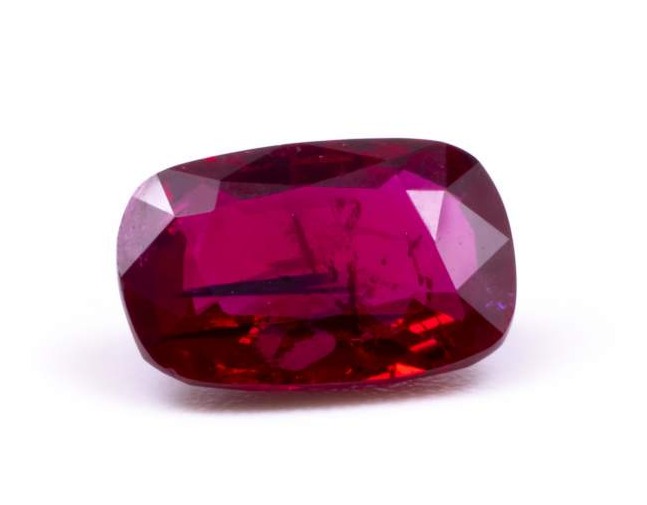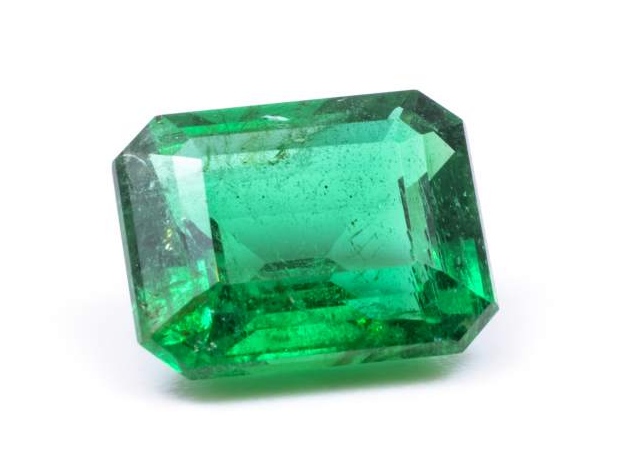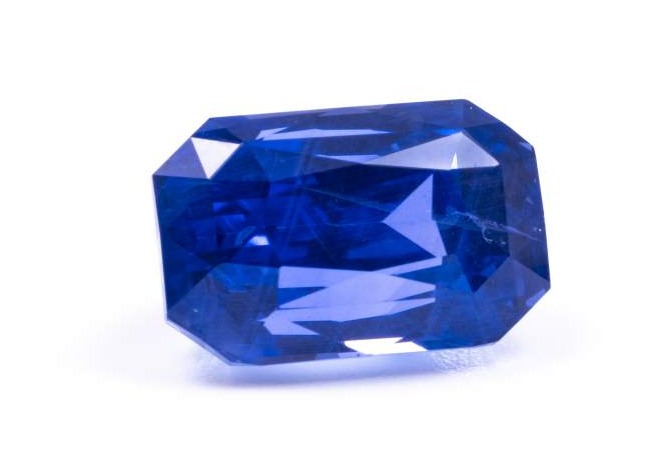Knowledge
04.03.2024 The most important gemstone mines in the world
Gemstone mines are places where nature reveals its hidden treasures. Centuries ago, the search for precious jewels led people to remote corners of the world. From Myanmar to the Habach Valley in Salzburg, we present some of the most important gemstone mines in the world.

The Mogok Valley in Myanmar
The mines in the Mogok Valley in Myanmar (formerly “Burma”) are among the world’s most famous ruby deposits. It is no coincidence that the area is also known as the “Valley of Rubies” and has a long tradition of gemstone mining: rubies and sapphires have been mined there since the Stone Age.
The rubies from the Mogok Valley are famous for their unique color: a pure red with a slight blue tinge. These so-called pigeon blood rubies are traded at high prices. Pale rubies are often subsequently treated by firing to produce the coveted hue.
The most expensive pigeon blood ruby in the world is called “Sunrise Ruby”, comes from Myanmar and, in addition to its color, impresses with its exceptional purity, considerable size and excellent cut.
Pigeon blood rubies are very rare and correspondingly expensive.

Montepuez in Mozambique

However, pigeon blood rubies are not only found in Myanmar, but also in the Montepuez mines in Mozambique. Montepuez is a city in the north-east of the African country that has developed into an important player in the international gemstone trade in recent years. Large-scale gemstone mining has only been taking place in Montepuez since 2009. Within a very short space of time, the deposits there have become one of the largest and most productive ruby mines in the world.
Rubies from Montepuez have a strong red color – most of them are naturally pigeon blood red. They are also characterized by their exceptional purity. Due to their quality and the fact that Mozambique has rich deposits, while the quantities found in Myanmar are decreasing, we forecast a bright future for the Montepuez mines in the world of gemstone trading.

The Muzo mines in Colombia
In the heart of Colombia, nestled in the lush greenery of the Andes, lie the Muzo mines – the emerald capital of the world. The mines are located along the Río Minero and have been in operation for centuries. Even before the arrival of the Spanish, indigenous peoples mined emeralds in the area. Professional mining of emeralds began in Muzo in the mid-16th century and the mines quickly became an important economic center.
In addition to Muzo, there are also rich emerald deposits in the nearby communities of Coscuez and Chivro. This is known as the “emerald belt”, which runs to the north and east of Bogota and where the ideal geological conditions for the formation of emeralds prevail.

Emeralds from Colombia are known for their bright deep green color and high purity. Muzo emeralds in particular have very few inclusions. This is unusual for emeralds, as the green gemstones naturally contain comparatively many inclusions and impurities. These are affectionately referred to as “jardin” (French for “gardens”). The coveted clear emeralds from the Muzo mines are among the most expensive gemstones in the world.

Mines in Ceylon
Sri Lanka is a pioneer in terms of ethics and sustainability in gemstone mining.
Sri Lanka, once known as the British colony of “Ceylon”, has been known for centuries as the “Island of Gemstones”. The island’s rich gemstone deposits, especially the famous Ceylon sapphires, make Sri Lanka one of the world’s most important sources of top-quality gemstones.
The history of gemstone mining in Sri Lanka goes back a long way. Even in ancient writings, the island is praised for its wealth of gemstones. The deposits are located in the southwest of the country and the stones are mined exclusively by secondary extraction and by hand. This traditional mining method, which uses less invasive techniques and thus minimizes the impact on the environment, as well as ensuring fair working conditions, makes the gemstone mines in Sri Lanka a pioneer in terms of ethics and sustainability. As we at The Natural Gem are committed to offering only ESG-compliant gemstones, we have an exclusive cooperation with a mine operator in Sri Lanka that is in line with these values.
Ceylon sapphires are known for their unique color: a velvety blue that ranges from soft sky blue to saturated blue tones. But sapphires of other colors – including the orange-pink padparadscha, ruby and alexandrite – are also found in the region.

Kashmir in India
The legendary Kashmir sapphire comes from the Himalayan region in India. At the end of the 19th century, the site was uncovered by a landslide before the mines were exhausted after just a few years. Due to their rarity, sapphires from the high mountain mines in Kashmir are highly sought-after and expensive today.
Kashmir sapphires come in a wide variety of shades of blue and their special feature is their velvety, “sleepy” appearance. This is due to inclusions of rutile needles. Known as “The Pride of Kashmir”, this gemstone is one of the largest sapphires found in the Kashmir region. Its radiant blue color has earned it an almost mythical reputation.


Merelani Hills and Gilewy Hills in Tanzania

The question often arises as to whether gemstones purchased as an investment can also be used in
The gemstone tanzanite, named after its place of discovery, is only found in the East African state of Tanzania. The gemstones are found in the Merelani Hills in the Arusha region in the north-east of the country. Today, however, the Merelani mines are largely depleted and high-quality tanzanite is only mined in a small deposit in the nearby Gilewy Hills. Tanzanites from Pakistan are nowhere near the color and purity of gemstones from Africa.
Tanzanites from Tanzania are blue, violet or brown. Deep blue tanzanites are particularly valuable, although most stones on the market today are fired to enhance their color. Tanzanite has different colors depending on the viewing angle, which is referred to as “pleochroism” in specialist circles.

Gemstone mines in Austria
Mining has a long tradition in Austria, but primarily in the extraction of ores, industrial minerals and building materials. But precious stones are also found here.
The Habachtal valley in Salzburg with its emerald deposits is particularly noteworthy. The gemstones found there are not the typical emerald green, but are usually blackish or apple green. As emeralds from the Habach Valley also contain a comparatively large number of inclusions, commercial mining is not economically viable. Today, those interested can search for emeralds and other minerals on their own in the Leckbachrinne in the Habachtal valley.
Garnets can also be found on the Nockberge mountains in Carinthia and on the Granatkogel in Tyrol, while the largest amethyst deposit in Europe can be found in Maissau in Lower Austria. In the Lavanttal valley in Carinthia and in the Dunkelsteinerwald forest in Lower Austria, resourceful collectors can discover spinels and in the Hintereggengraben ditch in Carinthia there are aquamarines and various quartz stones.
Although there is no large-scale gemstone mining in Austria, the Alpine nation is home to a variety of geological treasures that are open to collectors, enthusiasts and other interested parties.
There are also gemstone deposits in Austria.


